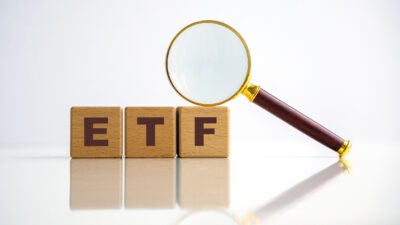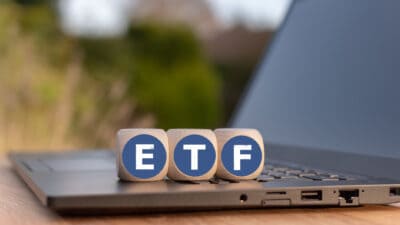Investing in index funds has been one of the most prominent investing trends on the ASX in recent decades. The rise of the exchange-traded fund (ETF) has certainly helped, with ETFs like the Vanguard Australian Shares Index ETF (ASX: VAS) exploding in assets under management.
But like all investing strategies, there is a right way to go about index investing, as well as a wrong way. So today, let's talk about three tips for picking the ASX's best index funds.
How to pick the best ASX index funds
Use index funds' diversification to your advantage
One of the top reasons investors opt for index funds is the inherent diversification they can provide. For example, a single investment in the Vanguard Australian Shares ETF represents an investment in the 300 largest companies on the ASX. That's everything from National Australia Bank Ltd (ASX: NAB) to JB Hi-Fi Ltd (ASX: JBH).
But why stop at just ASX shares? If you want true diversification in your portfolio, index funds are a great way of investing in some of the world's best companies, not just Australia's. Another popular index fund is the iShares S&P 500 ETF (ASX: IVV). This fund gives ASX investors exposure to the likes of Apple, Microsoft, Amazon, and Nvidia, all in one share.
You also get other famous American names that fall within the largest 500 companies in the US, including Exxon Mobil, Walmart, Coca-Cola, and Netflix.
You could even go outside the US if you so desired. The BetaShares Asia Technology Tigers ETF (ASX: ASIA) allows ASX investors to own some of the most exciting tech names in Asia, including names like Taiwan Semiconductor Manufacturing Co, Samsung, Tencent, and Alibaba.
Similarly, the Vanguard MSCI Index International Shares ETF (ASX: VGS) allows access to markets like Europe, the United Kingdom, Japan, and Singapore. It includes shares like Toyota, Nestle, and Unilever.
With just a handful of index funds, your share portfolio can have exposure to most of the world's best companies.
Compare different ETFs that offer similar services
There are now so many index funds available to invest in that you tend to find many providers competing for the same services. Want exposure to US shares? Well, there's the iShares S&P 500 ETF to consider, alongside the BetaShares NASDAQ 100 ETF (ASX: NDQ) and the Vanguard US Total Market Shares Index ETF (ASX: VTS).
On the ASX, the Vanguard Australian Shares Index ETF competes with the iShares Core S&P/ASX 200 ETF (ASX: IOZ) and the BetaShares Australia 200 ETF (ASX: A200) in offering investors an ASX-based index to invest in.
But while all of these funds are similar, they do differ slightly. For instance, Vanguard's VAS ETF allows ASX investors exposure to the top 300 companies in Australia. In contrast, both the IOZ and the A200 ETFs only give exposure to the largest 200 companies.
Choosing which you prefer comes down to an individual preference.
Another great example is the income-focused index funds offered by Vanguard and iShares. The Vanguard Australian Shares High Yield ETF (ASX: VHY) seems to be almost identical to the iShares S&P/ASX Dividend Opportunities ESG Screened ETF (ASX: IHD). But the iShares fund screens out some companies using an ethical filter, while the Vanguard fund does not.
Again, some investors might not mind receiving income from oil stocks or alcohol producers. Others might.
Not all ETFs are created equal, even if they might seem to be at first glance.
Fees
One of the most important factors to consider with index funds is the fees they charge. Fees can eat into returns, and these losses compound over time. So it is of paramount importance that you pay the lowest fees that you can when choosing an ASX ETF.
Fortunately for ASX investors, fees have been on a downward trajectory for years now. But there are still some noticeable differences between ETFs that offer similar scope and services.
Take the BetaShares Australia 200 ETF and the SPDR S&P/ASX 200 Fund (ASX: STW). Both of these index funds track the S&P/ASX 200 Index (ASX: XJO) and offer exposure to the largest 200 companies on the ASX.
But the BetaShares ETF charges an annual fee of 0.04%, while the SPDR ETF will set an investor back 0.13% per annum.
Similarly, the NDQ ETF we discussed earlier charges investors a fee of 0.67% per annum, while the IVV index fund asks just 0.04%.
These differences might not seem significant. But they can make a large impact on an investor's returns if you plan on holding the fund for decades.







